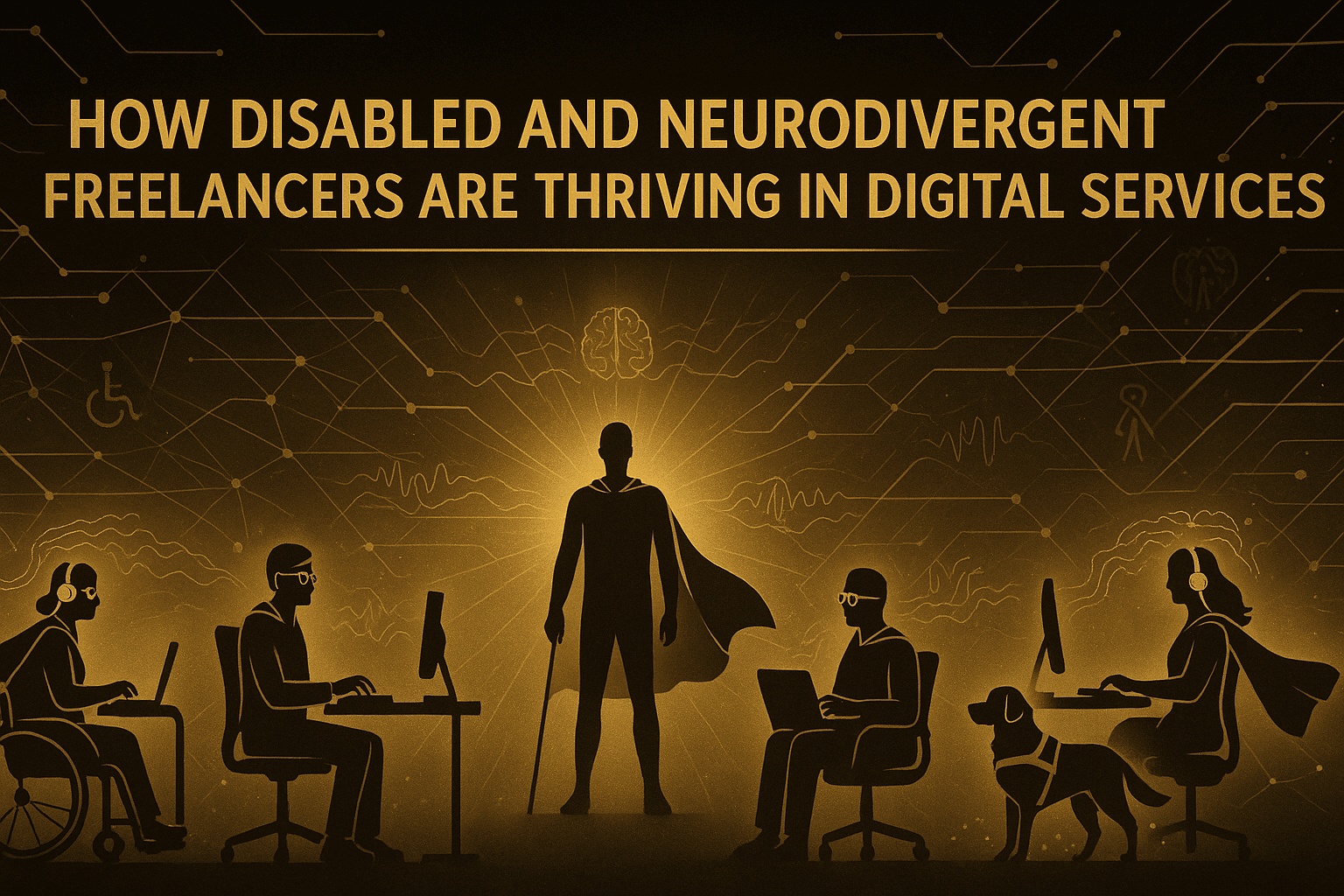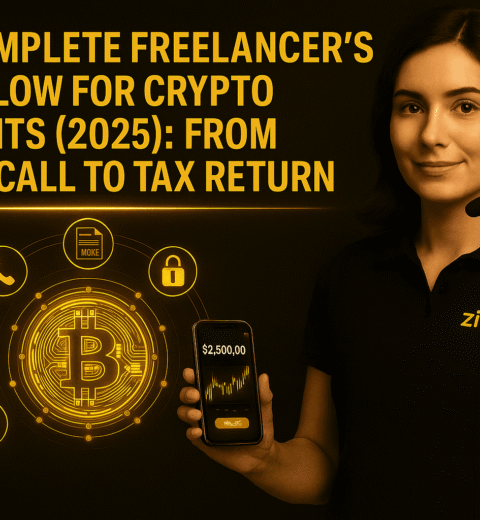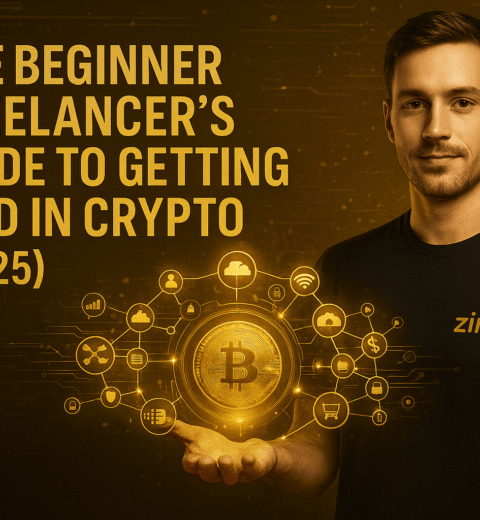Table of Contents
- The Numbers Tell the Start of the Story
- Real Life Insights, Real Change
- Why Digital Services Level the Playing Field
- The Power of Written Communication
- The Practical Side: Tools That Make a Difference
- A Day in the Life: What Flexible Really Looks Like
- The Superpower Spectrum
- Building a More Accessible Freelance Economy
- The Accessibility Pledge
- What’s Next?
How disabled and neurodivergent freelancers are thriving in digital services isn’t just an inspiring headline—it’s one of the most overlooked but important shifts in the world of work today. If you only read the business pages, you’d think the big news was all about whether bosses can drag us back to the office. But spend some time in the world of remote freelancing, and you’ll see something much more intriguing: people who’ve long been shut out of traditional jobs are now, for the first time, making work actually work for them.
The Numbers Tell the Start of the Story
Let’s put this in perspective. In early 2020, as the world scrambled to adjust to lockdowns, disabled and neurodivergent people found themselves at the sharp end of a new reality—but not always in the way you might expect. Yes, there were challenges, but there was also an explosion of opportunity.
Between February 2020 and February 2024, the number of employed disabled people in the United States rose by more than 30%, adding roughly 1.5 million people to the workforce (BLS, 2024). In the UK, the employment rate for disabled people is now 22.7%, while it’s 65.5% for non-disabled people (ONS, 2024). The gap is still vast—but closing.
For neurodivergent adults, the picture is much the same. Roughly 80% of autistic adults are unemployed (National Autistic Society, 2023), and more than half of adults with ADHD have lost or left jobs because of their symptoms. The problem was never talent—it was always access.
And for anyone wondering if remote working really works: research in the US shows that a one percentage-point rise in remote workers is linked to a 0.08% increase in productivity growth (BLS, 2024). So, yes—remote work isn’t just a lifeline; it’s a proven performance booster.
Real Life Insights, Real Change
But numbers only go so far. If you want to know what’s really happening, you have to talk to the people at the sharp end. Take my friend Julia for example. She’s a freelance designer based in Leeds, juggling both autism and ADHD. Before 2020, she’d tried every trick in the book to make open-plan offices bearable—sunglasses at her desk, endless cups of tea, even hiding out in meeting rooms just to get a break from the constant noise.
“I used to spend most of my energy pretending to be ‘normal’,” she says, “and whatever I had left went on actual work. Since going freelance and working remotely, I finally get to organise my day for me. If I need a movement break, I take one. If the lights are too bright, I turn them off. I can finally do my best work—and still have energy for the rest of my life.”
Nathan, a data analyst in Bristol with cerebral palsy, tells a similar story. “Every commute was a battle—trains, buses, steps that nobody thought twice about. By the time I got to the office, I was knackered. Now I work from home, I’ve got energy to spare. My clients care about results, not how many doors I had to fight through just to show up.”
These stories aren’t one-offs—they’re the new normal in digital freelancing.
Why Digital Services Level the Playing Field
The big shift isn’t just about geography; it’s about control. Freelancers can now shape their working environment to suit their own needs, not someone else’s idea of “productivity.” That might mean starting the day later to avoid morning fatigue, keeping the heating at “toasty,” or using noise-cancelling headphones without anyone giving you funny looks.
But it’s not just about comfort. For neurodivergent freelancers, remote work means you can plan your day around your strengths. Many people with ADHD or autism talk about “hyperfocus”—those stretches where time disappears and ideas flow. In a traditional job, those moments are often interrupted by a ringing phone or a surprise meeting. Freelancing lets you protect your own best working hours, and if you forget to eat lunch now and then… well, you’re not alone.
The Power of Written Communication
One of the biggest wins for neurodivergent freelancers? Most communication happens in writing—no more being put on the spot in meetings, or dreading unexpected phone calls. Written (or even asynchronous) chats mean you can process at your own pace, respond when you’re ready, and have a record to refer back to later. For those who find spontaneous conversation draining or difficult, this small shift can be life-changing.
The Practical Side: Tools That Make a Difference
What’s actually making this possible? The answer isn’t just Zoom (though it helps). There’s a whole ecosystem of tools and apps that have levelled the field.
- Screen readers like NVDA and JAWS mean more blind and visually impaired people can access digital work.
- Live assistance apps like Be My Eyes and Aira help with everything from reading labels to troubleshooting tech.
- Transcription tools like Otter.ai mean meetings and calls are accessible, even if you miss a detail.
- Noise control: Whether it’s Krisp to cut out background noise, or simply a great pair of headphones, many freelancers swear by their own version of the “cone of silence.”
- Productivity helpers: Notion, Trello, and old-fashioned whiteboards for planning; Forest and Pomofocus for keeping focus.
- Accessible communication: Tools like Slack, Teams, and Zoom have all improved their accessibility features—live captions, keyboard shortcuts, and screen reader support are now the norm, not the exception.
In fact, platforms like Zoom, Slack, and Microsoft Teams now meet international accessibility standards (such as WCAG 2.1 AA and Section 508), showing that accessible design is finally becoming mainstream.
No single tool fits everyone—but that’s the point. The digital economy lets people build their own toolbox, not borrow someone else’s.
A Day in the Life: What Flexible Really Looks Like
Ask any disabled or neurodivergent freelancer about their routine, and you’ll quickly realise there’s no “typical” day. Some start at dawn, others in the afternoon. Many build in movement or sensory breaks; some schedule client calls only at certain times.
Here’s how a “How I Work” day might look:
- Morning: Wake up (no harsh alarms), stretch or move, tweak the workspace—lights, heating, music, or whatever feels right. Write a quick plan for the day.
- Work blocks: Deep focus time on client work (notifications off), followed by a break—sometimes it’s a cup of tea, sometimes it’s dancing in the kitchen. Meetings happen only when energy is high.
- Afternoon: Admin tasks, emails, and planning tomorrow’s work.
- Evening: A hard stop and a “wind down” routine, then switch off from work completely.
“It took a while to figure out what works,” says Leah, a freelance social media manager with ADHD, “but remote freelancing means I can experiment. Some weeks I plan with post-its, other weeks I use Trello or Notion. If I’m having a bad brain day, I adjust my deadlines and nobody bats an eyelid—as long as I deliver.”
The Superpower Spectrum
Let’s bust a myth: the skills and quirks that make disabled and neurodivergent freelancers ‘different’ aren’t liabilities—they’re superpowers. Here’s just a sample of the strengths freelancers bring to the table:
ADHD: The Multi-Talented Innovators
- Hyperfocus heroes: When interested, can work for hours in deep flow states, producing incredible results.
- Crisis champions: Thrive under pressure and tight deadlines—adrenaline is their secret weapon.
- Creative connectors: Spot patterns and connections others miss, making them brilliant at innovation, marketing, and problem-solving.
- Energy dynamos: Bring infectious enthusiasm to projects they care about.
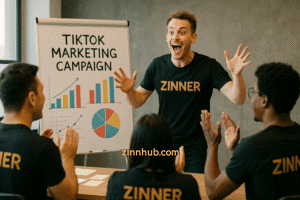
Autism: The Quality Specialists
- Niche experts: Special interests often translate into deep, valuable expertise—think the freelancer who knows everything about Victorian typography or blockchain security.
- Detail detectives: Spot errors others miss, making them excellent editors, QA testers, or data analysts.
- Pattern masters: Brilliant at spotting trends, systematising processes, and creating efficient workflows.
- Honest communicators: Their direct style is refreshing in a world of corporate buzzwords.
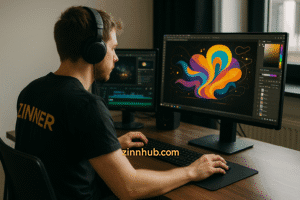
Dyslexia: The Visual Innovators
- Visual virtuosos: Often exceptional at design, video editing, and visual storytelling.
- Big-picture thinkers: See the forest and the trees, making them great strategists and creative directors.
- Problem-solving pioneers: Alternative thinking patterns lead to innovative solutions.
- Verbal storytellers: Many are gifted speakers and excel at podcasting, video, or sales.
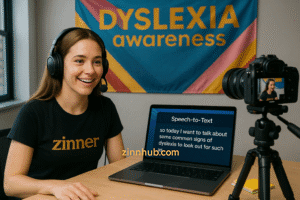
Chronic Illness/Pain: The Efficiency Experts
- Time management masters: When energy is limited, you learn to maximise every productive moment.
- Boundary bosses: Excellent at saying no to scope creep and maintaining work-life balance.
- Efficiency engineers: Find the smartest way to get things done.
- Empathy experts: Great at customer service and understanding client needs.

Anxiety: The Preparation Professionals
- Quality controllers: Triple-check everything, delivering error-free work.
- Risk assessors: Anticipate problems before they happen.
- Research ninjas: Thoroughly investigate before starting projects.
- Client pleasers: Highly attuned to client needs and concerns.

Physical Disabilities: The Adaptive Innovators
- Tech pioneers: Often early adopters of accessibility tech that later becomes mainstream.
- Communication experts: Skilled at clear, effective remote communication.
- Planning professionals: Excellent project managers who think three steps ahead.
- Persistence personified: Used to overcoming obstacles, they don’t give up easily.
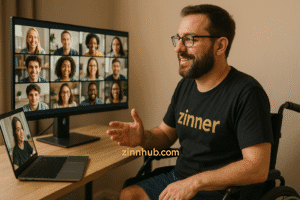
OCD: The Perfection Professionals
- Systems creators: Build incredibly efficient workflows and processes.
- Quality guardians: Deliver consistently excellent work.
- Detail dominators: Perfect for proofreading, data entry, or any precision work.
- Reliability rocks: Clients know they’ll always deliver on time.

Bipolar: The Creative Cyclones
- Creative burst masters: Can produce amazing work during high-energy periods.
- Empathy engineers: Deep emotional understanding makes them great at content that connects.
- Project jugglers: Often manage multiple projects to match their energy cycles.
- Passion professionals: When they care about something, they’re unstoppable.

Real-World Superpower Examples:
- The ADHD social media manager who hyperfocuses and creates a month’s worth of content in an afternoon.
- The autistic developer whose deep interest in a programming language makes them the go-to global expert.
- The dyslexic designer whose visual thinking creates award-winning brands.
- The chronically ill writer who’s mastered batch-working during good days.
- The anxious virtual assistant whose attention to detail means nothing ever falls through the cracks.
- The blind consultant who’s become an expert in accessibility, helping companies reach wider audiences.
- The wheelchair-using project manager whose planning skills keep complex projects running smoothly.
The key insight? What traditional workplaces often see as “deficits” are actually specialised skill sets perfectly suited to the flexible, results-focused world of freelancing. When you can work in ways that match your brain and body, those differences become your competitive advantage.
Building a More Accessible Freelance Economy
If you’re new to the world of digital services, or just want to make things better for everyone, here are some ways to help:
- For platforms: Test your website with real disabled and neurodivergent freelancers, not just checklists. Offer written, voice, and video communication. Make your interface as clear and predictable as possible.
- For clients: Focus on what’s delivered, not hours online. Be clear in your briefs. Be flexible with deadlines if you can. Ask what people need—then actually listen.
- For fellow freelancers: Share your hacks and tips in forums and online groups. Support newcomers. Speak up for more inclusive features when you spot something missing. And if you feel safe, talk openly about your access needs—it helps others feel less alone.
The Accessibility Pledge
Imagine if everyone did a little bit more to make digital work accessible. The tech exists, the talent is out there, and the only real barrier left is whether people are willing to make room for difference. Here’s a simple pledge you can make:
“I commit to making my corner of the digital economy more accessible. Whether I’m hiring, building, or collaborating, I’ll look for ways to include and empower disabled and neurodivergent freelancers. When we build for everyone, everyone benefits.”
What’s Next?
Remote digital freelancing isn’t just about working in your pyjamas (though let’s be honest, that’s a perk). It’s about finally making work flexible enough for real people, with real lives and real needs. The numbers are moving in the right direction, but the real revolution is happening in thousands of homes, co-working spaces, and even back gardens across the world.
And just to put the future in perspective: by 2025, up to 36.2 million Americans are expected to be working remotely (Upwork, 2020). Imagine how many lives that could open up for disabled and neurodivergent freelancers around the globe.
If you’re a disabled or neurodivergent freelancer, you’re not just part of the future—you’re helping to build it. If you’re a client or a platform, the question is simple: are you ready to join in?
Got your own story or tip? Share it below—because the best solutions are the ones we build together.

